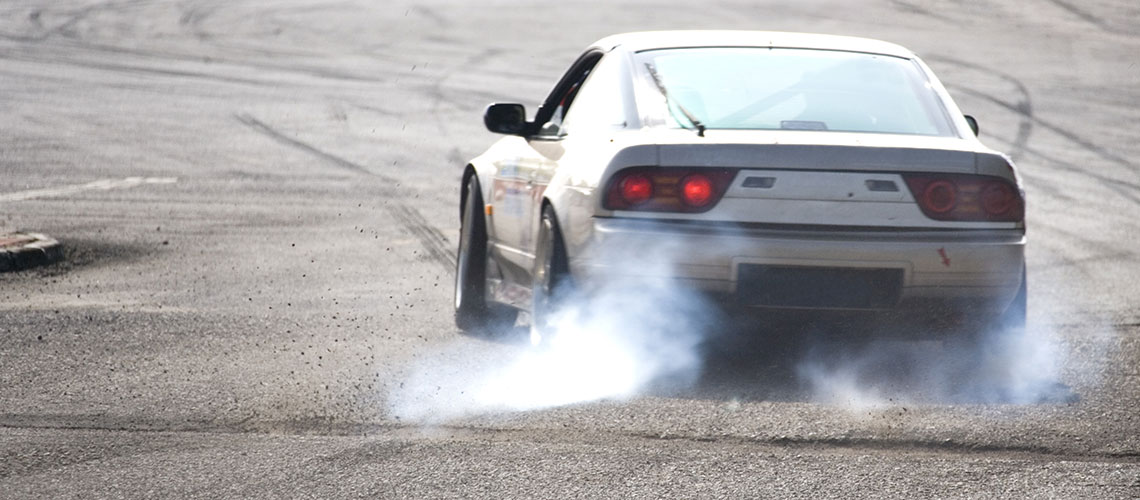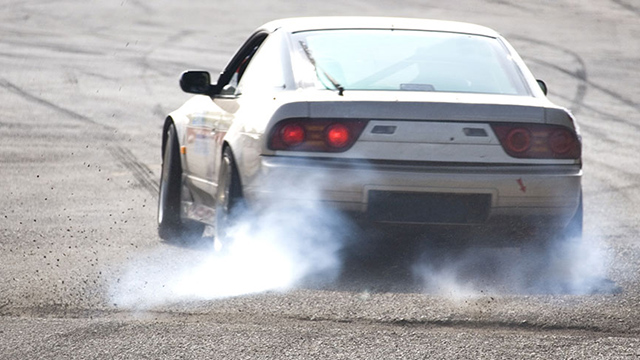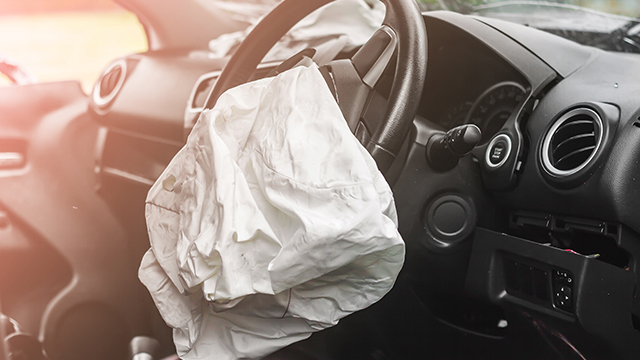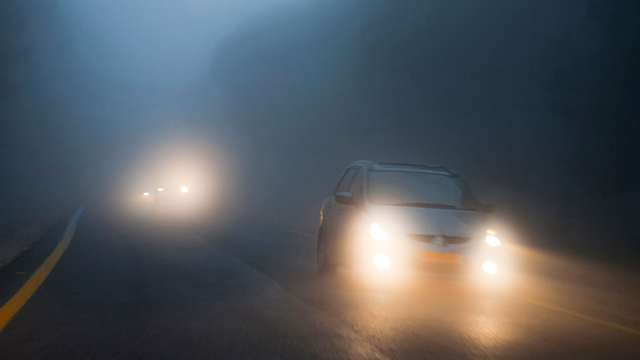Purchasing a used car can be a minefield of deception. There are many important steps in the inspection process that if overlooked can end up being extremely expensive. Sellers want to get the highest possible price, so it's not uncommon to hear of them trying to hide any potential problem their car may have.
There is a propensity for this to occur with performance vehicles and buyers need to be extra cautious. A car that's been driven recklessly or involved in collisions may not immediately look the part, so follow our tips to help you spot and avoid buying one.
Look for modifications
If a car's been modified to push out a greater level of performance than factory standard, there is a much greater chance it's suffered harsh treatment. Make sure the seller has receipts for all modifications and hasn't tried their own backyard operations. Also be on the lookout for performance stickers or window discolouration where stickers may have once been.
Look in the engine bay
Engines that have been mistreated generally show it. Take a good look through the engine bay keeping an eye out for oil leaks, excess wear or any cracks in rubber areas. It's also important to be wary of any parts that don't appear original or feature a different level of wear compared to the rest of the engine.
You should also check the oil on the dipstick. If the oil looks dark, thick or of low quality you have a fair idea that the car hasn't been well looked after.
Well-maintained cars should start easily, so always remember to turn the engine over. Do, however, be wary of cars that are already warm, as a cold start can help diagnose engine problems.
Check the wheel arches
Tyres that are mismatched or feature a great deal of wear can be a giveaway, but most sellers will realise this and replace any tyres that look to have been raced on. Instead of simply examining the tyre, check up in the wheel bay for any rubber stuck to the top and back of the arch. This will let you know if the driver has been using the car for burnouts.
Examine the panels
Check the car's exterior from a few different angles. If you notice any dents, wavy panels or areas where the paint has a rough finish, the car has been patched up and been in an accident. Any panels that aren't aligned properly are a sign of shoddy work.
Examine the interior
A car that's been treated well will have a clean interior. Take a look at the condition of the seats for stains, discolouration and split seams. Heavily worn pedals can also show that the car has seen some heavy treatment, so don't neglect the foot wells in your checks. The vehicle should smell fresh, lack cigarette burns, and not show any wear that you feel is abnormal for its age.
Drive the car
Always take the car for a test drive and turn the radio off so you can hear the engine and any other noises coming from the vehicle. Listen for any rattling and squeaking and push the car through all its gears - manual cars that are hard to shift should be considered suspect. Check the dashboard for any unusual warning lights and make sure you test the suspension (speed humps are great for this) and look for any smoke coming from the exhaust. If the steering has more than a few centimetres play or likes to veer to one side you may have a problem.
Be a smart buyer
If you've looked over the car and are still unsure about your potential purchase there are a few final things you can do for peace of mind. Firstly, always gauge the seller's attitude towards the car. Does he or she have knowledge of the vehicle and genuinely care about it? Does it look clean in preparation for sale? Do the advertisement images match what you're inspecting in person.
If you can't get to the location of the vehicle, it may be worth organising a professional vehicle inspector to complete a pre-purchase inspection so you can get the full picture before you buy.
Use the online CarHistory check to make sure the car doesn’t have money owing on it, or has been in a serious crash in its past.
Take a moment to Google the car's registration. This is especially important if the car has personalised plates. You may find images or video of the car in forums or club sites which can give you added insight into the car's history.
Finally, always ask for the car's service history and receipts. If the vehicle has travelled 160,000 kms and the traceable service history stops at 90,000 kms you have reason to be concerned.












